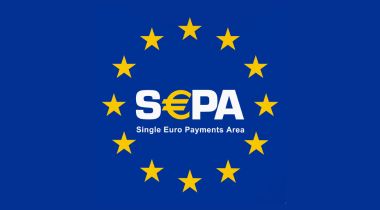Embedded finance has been one of the most discussed topics in FinTech in the past couple of years. Embedded finance is the integration of financial services or tools within the products or services of a non-financial organisation. This may include payment, account, or lending solutions.
Innovations in technology, coupled with changes in regulation, such as PSD2, have opened up the financial services ecosystem to new players, allowing embedded finance to flourish. These changes have resulted in non-financial organisations partnering with a FinTech or bank to quickly deploy new products without having to invest in building the infrastructure themselves, and without having to obtain the necessary licences to operate as a financial institution.
Many payment service providers (PSPs) and electronic money institutions (EMIs) are able to provide these services through banking-as-a-service (BaaS) offerings. Often, this means giving non-financial institutions access to their products via an API or plugin. Non-financial institutions can then build their own unique proposition around a suite of products and services delivered via these partnerships, and will often collaborate with multiple parties at once to quickly expand beyond, or enhance, their core offering.
More often than not, the end user is unaware of the banking-as-a-service provider, but this isn’t always the case. In fact, most people come into contact with embedded finance on a daily basis, perhaps without even noticing, as these services integrate seamlessly with third parties including e-commerce checkouts, online marketplaces, and banking apps.
Examples of embedded finance include Buy Now Pay Later (BNPL) and Credit Reporting. BNPL from providers such as Klarna or Clearpay is offered as a payment option across thousands of e-commerce sites. Credit reporting offered by Experian or TransUnion connects to bank accounts to help bank customers quickly see credit and loan offers for which they are eligible, within a single app.
But how does embedded banking fit into this ecosystem?
Embedded banking, which still utilises APIs and web platforms, is something usually defined as products and services delivered by a regulated and fully licensed bank. Regulatory requirements, compliance and risk are also factored into the offering – which is something that non-banks may struggle to provide without a banking licence.
Embedded banking typically operates behind the scenes, rather than being visible to the end user. The model is both B2B2C – with the bank providing embedded banking sitting at the top, offering its solutions to another financial services provider (i.e. another bank, or regulated FinTech), who then provides the services to its end users, and B2B2B, where in the final step, the financial services provider offers the solution to another business, such as a corporate, marketplace, or SME.
Examples of this include banks that provide agency banking services, cross-border payments, virtual accounts, card issuing, and lending.
These solutions do not necessarily need to be fully integrated with the client’s own infrastructure, rather, they connect to them seamlessly in a way that benefits their customers – without those customers needing to be aware of the relationship between the client and the bank powering those solutions.
The benefits of embedded banking for payments businesses and banks include increased client stickiness, access to new jurisdictions, lower costs and faster time to market, as well as reducing the regulatory burden and risks associated with launching new financial services products.


